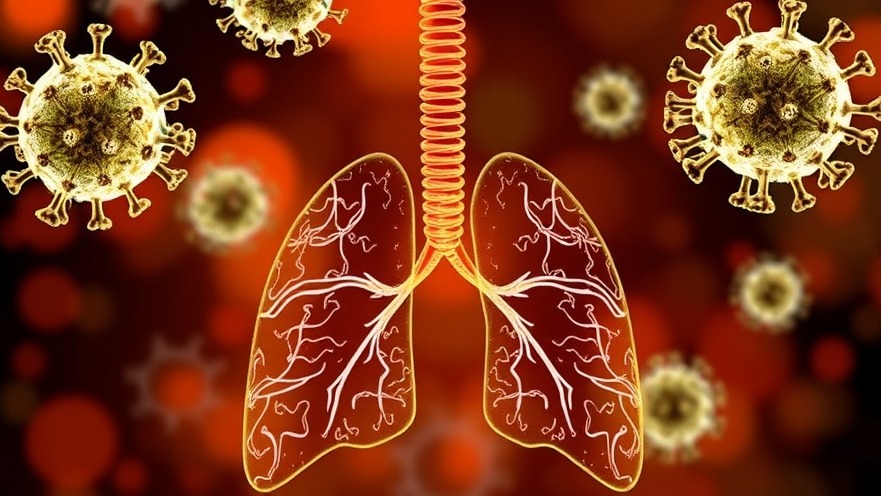
Understanding the Long-term Effects of Respiratory Infections
Respiratory infections, particularly those caused by viruses like Influenza A, have been shown to lead to lasting health issues. These can manifest in various ways, such as lung damage and diminished respiratory function, extending well beyond the initial infection period. One of the mechanisms suspected to play a central role in these long-term complications is cellular senescence, a condition where cells lose their ability to function properly due to stress or damage.
The Role of Cellular Senescence in Health Decline
Cellular senescence is a normal part of aging; however, its increase post-infection can severely disrupt healthy tissue structure. Research indicates that after an infection, especially with the H1N1 strain of the virus, there is a pervasive rise in senescent cells within the lungs. This increase starts just days after infection, highlighting how quickly these cells can affect the body’s recovery process. In experiments with mice, researchers observed signs of senescence begin as early as four days into the infection, marking the onset of potential long-term health issues.
Potential Interventions: Targeting Senescent Cells
Interestingly, studies suggest that eliminating these senescent cells can improve recovery outcomes significantly. For example, treatments with senolytic drugs, which specifically target and destroy senescent cells, demonstrated positive results by accelerating epithelial repair in the lungs without having any adverse effects on existing conditions like pulmonary fibrosis. This indicates that developing therapies aimed at these cells could be a game-changer in managing post-infection health challenges.
Looking Forward: Innovations in Treatment
As research continues to evolve, understanding cellular senescence's contribution to respiratory illness will be crucial in shaping future therapeutic strategies. With a focus on preventing these lingering effects, medical professionals might soon offer new treatments designed specifically to counteract the cellular consequences of respiratory infections. This new avenue doesn't just promise recovery but also holds the potential for a healthier future post-infection, ensuring that people can return to their daily lives without the looming shadow of long-term illness.
 Add Row
Add Row  Add
Add 




Write A Comment